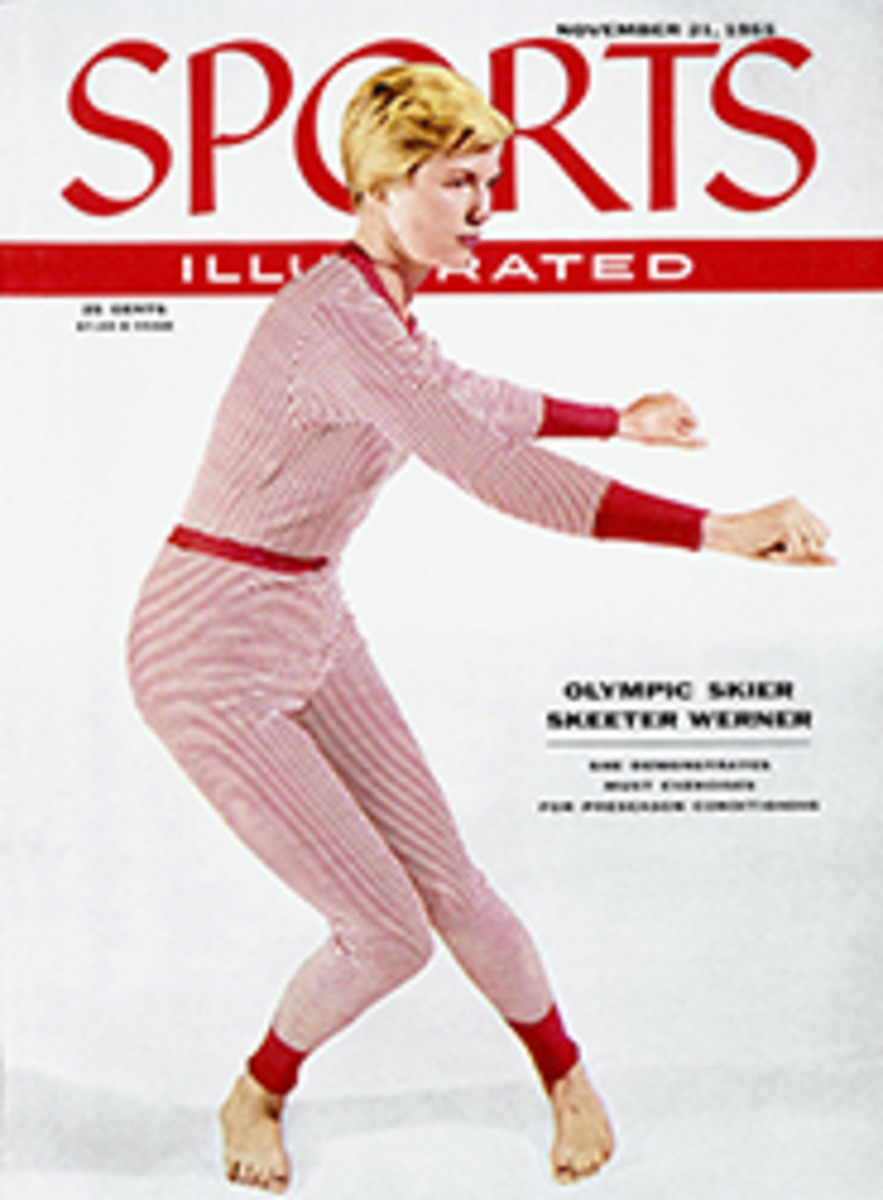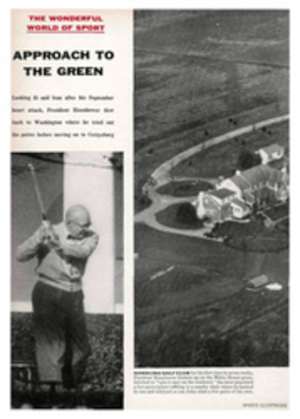
YOU SHOULD KNOW...IF YOU'RE GOING DEER HUNTING
MEAT ON THETABLE
Deer hunting is not only a sport, but a means of providing meat for your table.Of course, if you cost-account your deer-hunting trip you'll find that venisonis considerably more expensive than prime beef, and not nearly as toothsome.But a trip to the supermarket doesn't satisfy the hunter's need to match hiswits and skill against wild game. Therefore some men (and women) hunt—and somay you.
WHERE AND HOWMUCH
If your local newspaper has a rod-and-gun columnist, ask him where to hunt; orask advice from a nimrod neighbor. If you go to an established hunting camp,charges (including services of a guide) will be anywhere from $10 to $100 aday, and you should plan to stay at least four days.
LICENSES ANDLAWS
You'll need a hunting license, and in some areas a special deer permit inaddition. Nonresident big-game licenses cost from $10.25 to $100, depending onthe state in which you hunt. Learn and observe the game laws where youhunt—they're made to protect the game that belongs to the public, which isyou.
CLOTHES...
You'll need clothes. They should be warm, comfortable and light enough to letyou walk without tiring. Wear a red cap or red jacket, preferably both, and tryto avoid looking like a deer.
...AND GUNS
Check local gun requirements before you hunt. Many states specify the use ofparticular weapons and ammunition. If you plan to hunt mule deer in wide-opencountry you'll want a telescope-sighted, high-power rifle using ammunition thathas a lot of muzzle velocity and a fairly flat trajectory. For whitetails orblack-tails in heavy woods where shots at over 50 yards are exceptional, you'llwant a shotgun or iron-sighted rifle using ammunition that travels more slowlyand that will plow through brush with a minimum of deflection.
WAYS OFHUNTING
Deer may be hunted in several ways. "Still hunting" means slow, carefulstalking, or sitting on a vantage point along a trail (path used by deer)waiting for the game to come by. A solitary method, it demands more skill andknowledge on the part of the hunter than does "driving," in whichhunters are posted at favorable stands while guides and other hunters in theparty attempt to drive deer past them within shooting range.
RULES FOR THEHUNT
Hunt into the wind, if possible. Deer have a keen sense of smell and don't likeyours, even after you've showered. And don't talk while stalking or waiting ona trail. Your voice is an unnatural sound in the woods, and deer have sensitiveears. Keep your eyes on the brush and cover around you—deer move quietly unlessfrightened and you'll see them before you hear them.
AFTER THE SHOT
Follow up any deer you shoot at, even if you think you missed it. Sometimesfatally wounded deer don't bleed until they've traveled several hundred yards(and sometimes not at all). Learn the vital areas of a deer, and don't shootuntil you're on him with the sights.
AFTER THE KILL
Dress your deer as soon as possible after you've killed it (or have the guidedress it for you). If you have to leave a deer overnight in the woods, put ashirt or undershirt on the carcass. The human odor will keep coyotes, wolves,foxes, and even—in some cases—bears from molesting the meat. Don't bring yourdeer home tied to the hood of your car. Engine heat will spoil the meat.
USEFUL BOOKS
Get a good book on deer hunting and study it. Among the most useful volumes areHunting Whitetails by Frank C. Edminster (William Morrow & Co., 1954) orLawrence R. Roller's excellent Shots at Whitetails (Little, Brown and Company,1948). Practice gun handling, and learn to shoot without flinching. If you'regoing to be a deer hunter, be a good one.

